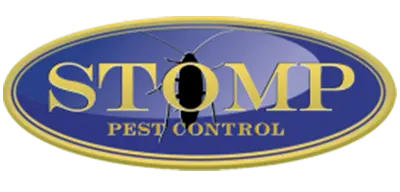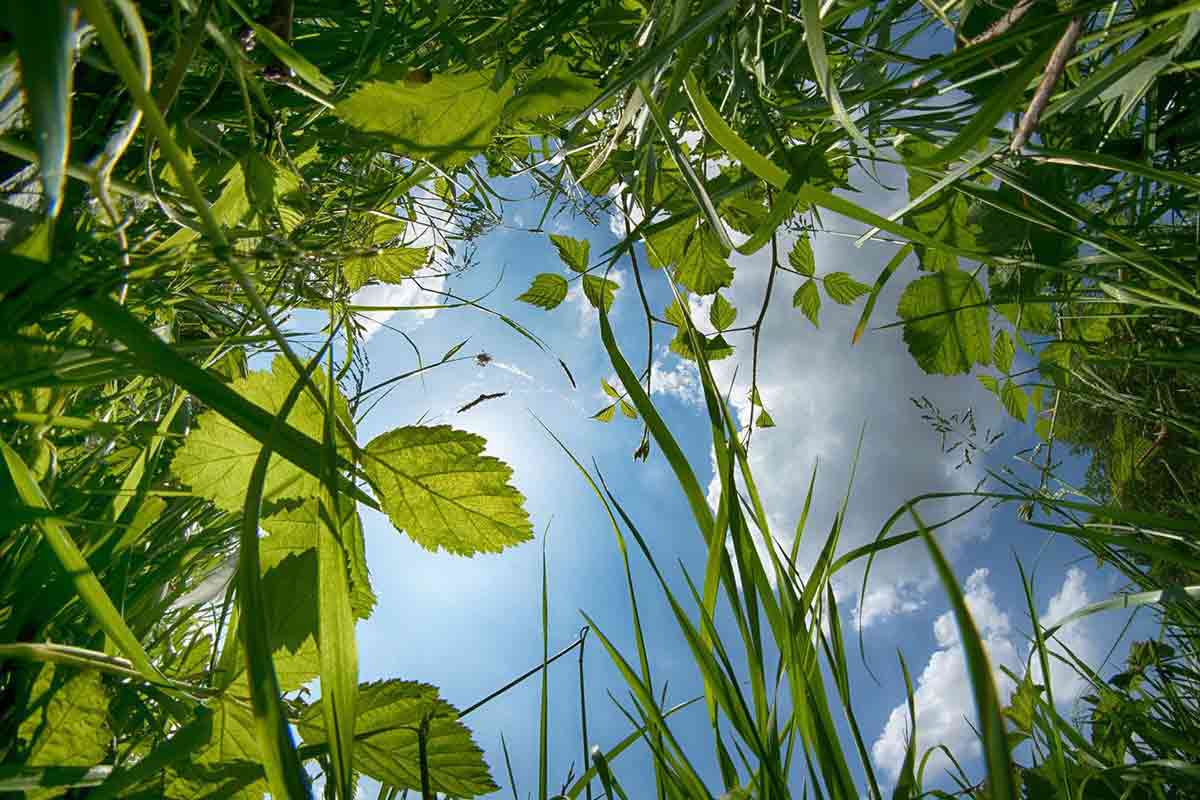Mosquitoes’ lives are characterized by metamorphosis. They pass through four stages of development, starting as an egg and ending in the adult form. The four stages are the egg stage, the mosquito larvae or “wigglers” stage, the pupa stage, and finally the adult piercer-sucking stage. All mosquito species go through this life cycle.
A Brief Overview of the Different Phases
Egg
The female mosquito lays the eggs on water. After about two days, if there is enough moisture and temperature, the egg hatches into a larvae or “wiggler” stage.
Mosquito Larvae
The wiggler is a blind, legless, and toothless white creature that spends most of its time eating. It grows quickly, molting three times before it becomes a pupa.
Pupa
The pupa is also blind and legless, but unlike the wiggler, it has claw-like appendages at its head to attach itself to surfaces in the water. The pupa does not eat; instead, it finds a place in the water and waits for its adult form.
Adult
The adult is the fourth and final stage of a mosquito’s life cycle. The male mosquito is entirely harmless, as it only serves to fertilize the female. The female pierces victims with her proboscis and sucks their blood for nourishment. After she has had enough blood, she lays eggs, thus beginning the cycle all over again.
Mosquito Larvae in North Carolina
Larvae of mosquitoes are found in many different types of water. They can breed in all sorts of ponds, streams, wetlands, and ditches along with man-made sources (e.g., swimming pools). North Carolina is very flat, which means that there are a lot of places to put a body of water for mosquito larvae to breed.
Mosquitoes are a necessary part of the environment, as they help to control the population of other insects. However, they can also be a nuisance when they bite people and animals. In North Carolina, there are many different types of mosquitoes, some of which can carry diseases such as the West Nile virus.
Because of this, it is important for people to be able to identify mosquito larvae and take steps to prevent them from breeding. Mosquito larvae can be eliminated by draining water sources, adding larvicides to the water, or by using a fish that preys on mosquito larvae such as Gambusia affinis (mosquito fish).
Can I Just Eliminate all Water Sources?
Simply eliminating all sources of water in your yard is not enough. Mosquito larvae can survive for months without a water source by burrowing into the soil and then coming to the surface when it rains or using other moisture that may be in the ground.
Tips for Eliminating Mosquito Larvae in Your Yard
Here are some tips for eliminating mosquito larvae in your yard:
- Add a cover, such as mulch or pine straw, to any open containers that have collected water.
- Drain or turn over wheelbarrows, plastic wading pools, and boats after use so they don’t hold water.
- Keep rain gutters free of leaves and other debris.
- Change the water in birdbaths and pet dishes at least once a week.
- Repair leaky faucets and irrigation systems.
- Drill holes in the bottom of tire swings so water can drain out. Use landscaping to keep water from pooling around your home.
- Install or repair window and door screens.
Contact Stomp Pest Control For Any Enquiries!
For more information on how to eliminate mosquito larvae in your yard, get in touch with our team here at Stomp Pest Control by giving us a call at (919) 231-3292 or fill the form below.

